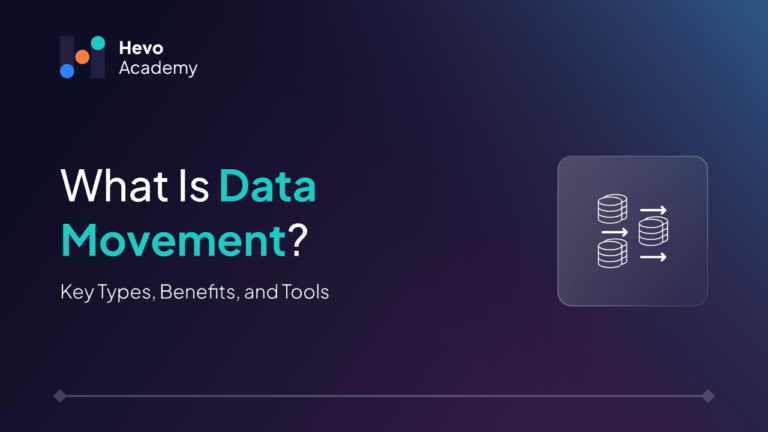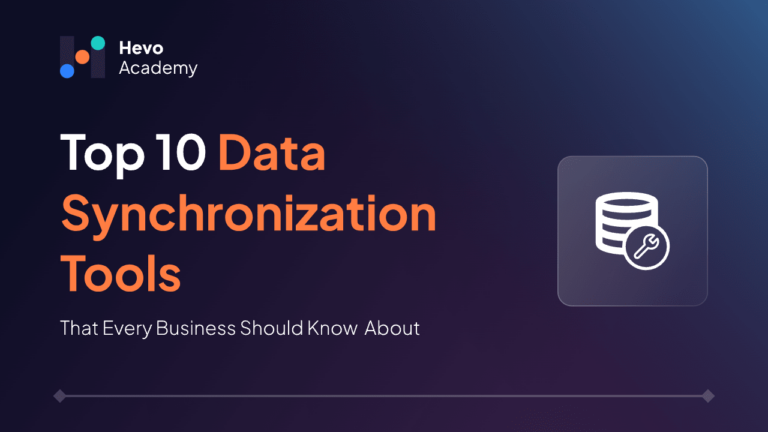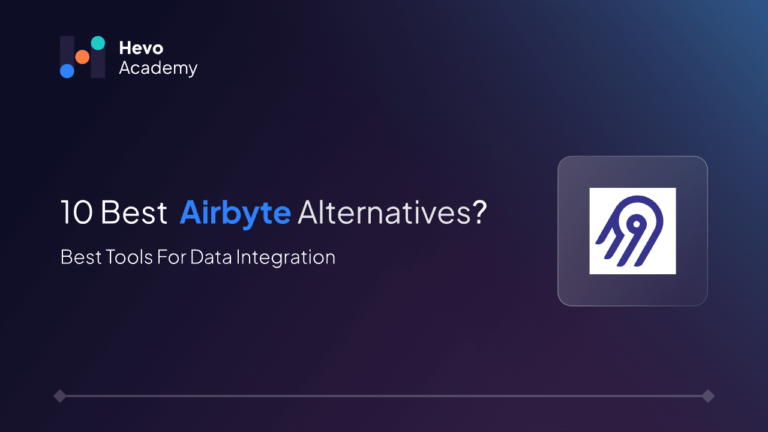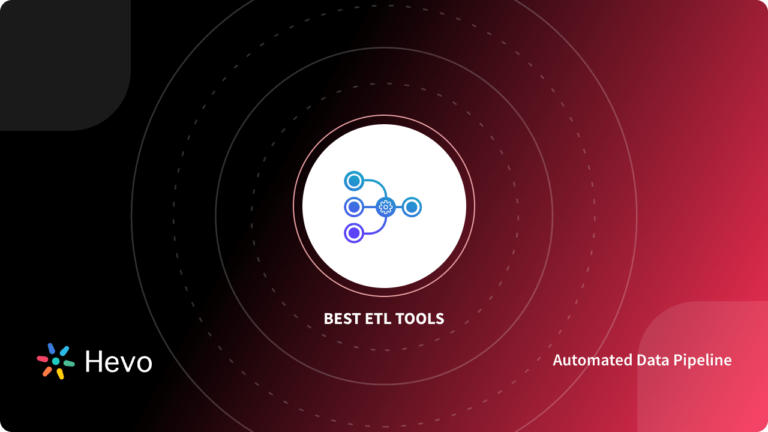Data movement is the key part of today’s data architectures for data-intensive applications for businesses, and there is a constant need to deal with data from a variety of sources like databases, APIs, or cloud platforms. Whether it is moving data from on-prem to the cloud, transferring data from one database to another database, or syncing data for real-time application, data movement is essential.
Table of Contents
The key components of data movement are the extraction and transformation of data and its loading into the system. This blog explores the importance of data movement, the challenges it has, and how modern tools can help businesses achieve seamless data migrations.
What is Data Movement?
Data movement is the process of moving data from one location to another location, system, or cloud. Data movement is an essential part of data management processes such as data ingestion, data processing(ETL/ELT), data backup, data warehousing, or data migrations between the clouds.
Data movement strategies make sure the right data is at the right place at the right time, which empowers decision-making and increases the efficiency of the business or organization.
Data movement is often referred to as Data flow, too.
Types of Data Movement
Data movement can be categorized into several categories based on purpose and requirements. Common methods are data replication, ETL(Extract, Transform, and Load), ELT(Extract, Load, and Transform), data migration, and CDC (Change Data Capture).
Each of these types of data movements serves a unique purpose and is chosen based on the data volume, data structure complexity, and the need for data in real time. Let us explore each type of data migration as below.
Data Migration
Data migration is the process through which data is transferred from one system, location, or format to another. For instance, when upgrading or adopting a cloud, organizations need to consolidate data sources. Data migration should always be planned so that no integrity or consistency of the target system is lost and that the downtime experienced during migration is minimal. Data cleaning is a part of the migration process, which eliminates redundant, obsolete, or inaccurate data so that only high-quality, relevant data is transferred to the new system.
Data Replication
Data replication is the process of creating an exact copy of data from one location and moving it to another. It is used to maintain consistency between redundant resources, often in distributed systems. It is commonly used in disaster recovery because it ensures business continuity in case of system failures. Data replication also improves data availability, as it provides real-time data for analysis and enhances system performance by spreading the load across multiple systems.
ETL
ETL is an extraction type of data movement from the source, transformed as per the operational needs, and then loaded into the target destination. The transformation process is done by restructuring, cleaning, and formatting data by bringing it in line with the standards and requirements of the intended target system or a data warehouse. This would ensure data consistency, quality, and compatibility. The loaded data, now transformed, is placed into the appropriate tables or structures within the target system, usually a data warehouse optimized for reporting and analytics.
ELT
ELT is like ETL but with operations in reverse order. With ELT, the first step is extracting the data, which gets loaded into a staging area and then transformed. This approach is particularly useful with high-volume data as it uses the power of the system to process the target; this helps in efficient transformation that can be flexible. ELT works well with big data and cloud-based data warehouses because such systems can work fast on the processing front to transform the data quickly after loading.
CDC
A CDC identifies and captures changes to the data over time. CDC is a technique that identifies, captures, and creates logs of additions, updates, and deletions. In this way, the most valuable aspect of keeping the data synchronized between the source system and target system is done effectively and efficiently. CDC minimizes processing load and network bandwidth since it captures only changes in the data. As a result, CDC is used effectively in real-time data integration and replication.
Purpose of Data Movement
Data Replication
Data replication helps us keep the same database copies in different locations. Data movement is a critical part of Data replication, as it is needed to navigate changes happening to one database to different database locations immediately to keep consistent data across different locations.
Data Archiving
Data that is not needed in the near future is stored at a separate location for long-term retention. Data movement comes into the picture as it helps to move nonactive data from primary storage to the archive and free space into primary storage. Archived data can be retrieved or accessed later when required.
Cloud Data Warehousing
Moving organization data to cloud warehouses helps them store data at scale and provide high availability. It also enables the organization’s users/end users to query or report on data in real-time to gain meaningful insights.
Benefits of Data Movement
Organizations achieve effectiveness and efficiency by opting for various data management strategies that involve data movement. Here are the key benefits listed.
Optimize System performance
By moving inactive data to archive space, it enhances system performance by reducing system loads and improving the system’s speed and efficiency.
Enable High Availability
Data movement provides high data availability by enabling data replication. It also ensures data is consistent across multiple platforms and locations.
Data Synchronisation
Data movements help in synchronizing data across multiple clouds and platforms in hybrid data architecture or multi-cloud environments, which makes the system more reliable.
Data Protection
By taking regular backups, organizations safeguard their data from permanent loss or damage due to system failure or data breach scenarios. Data movement is the key part of the backup and recovery process.
Risks and Challenges in Data Movement
Data movement offers several benefits that are not without challenges.
Data Loss
One of the most significant risks while moving data between systems is data loss, which can occur due to multiple reasons, such as technical glitches, human error, or system failures. To mitigate this risk, it’s crucial to have a robust data backup strategy in place. Regular backups ensure that a recent copy of the data is always available for recovery.
Data Breaches
The movement of sensitive data is at higher risk for probable security attacks. If the organization has not secured its data while in transit, for example, it can result in a data breach while moving around. Data Breaches should be avoided by encrypting data in transit.
Data Corruption
Data may get corrupted during the movement process due to various reasons, such as software bugs, hardware failures, or sudden power outages, making it unusable. One way to do this is to perform data integrity checks before and after the data movement process. Any discrepancies should be immediately addressed to ensure the accuracy of the data.
Compliance Violations
Mismovement of data that is non-compliant with the current data protection and privacy regulations has legal penalties and a battered reputation for the organization involved. Organizations should be compliant with relevant regulations and ensure that their processes pertaining to data movement are in compliance.
Downtime
The data movement, mainly massive data migration, tends to cause downtime to the systems and, therefore, results in disrupted business operations. However, most downtimes can be avoided if scheduled during off-peak hours. Phased migration approaches, where the data is migrated in a small batch of data, do not create major disruptions while making the transition.
Best Data Movement Tools for 2025
AWS Database Migration Service (DMS)
AWS Database Migration Service provides seamless database migrations to AWS with minimal downtime. DMS supports both similar (for example, MySQL to MySQL) and different (for example, Oracle to Amazon Aurora) database migrations, which ensures that source databases are always operational. It is also a good fit for AWS-centric businesses because of its seamless integration with AWS services.
Hevo
Hevo offers a no-code, automated data pipeline platform for seamless data movements and migration. It supports over 150 data source connectors and can transfer data in real-time to cloud data like Redshift or Snowflake. It provides ELT/ETL capabilities, error handling, and real-time monitoring, simplifying data migrations.
Talend
Talend offers solutions for data integration, quality, governance, and cataloging. The services are available both for on-prem and cloud solutions. It unifies ETL processes along with data quality and governance tools. Having roots in open source and a strong community that supports it, businesses receive flexibility and customization options.
Snowflake Snowpipe
Snowflake Snowpipe is an entirely cloud-native and serverless data ingestion service specifically designed for the Snowflake cloud platform. Snowflake separates the compute and storage layers, allowing users to scale resources independently for cost efficiency and performance.
Airbyte
It is an open-core data integration platform designed for seamless data movement between various sources and destinations. It supports 350+ connectors for data sources like databases, APIs, or cloud services. Users can also create customized connectors of their own. It supports both ETL and ELT workflows on-prem, cloud, or in the Kubernetes environment.
Azure Migrate
Azure Migrate is a Microsoft platform designed to simplify cloud adoption by evaluating, planning, and migrating workloads to Azure. It integrates tools for discovering, assessing, and migrating servers, databases, and applications, supporting comprehensive migration strategies.
Pentaho Data Integration
It is an open-source ETL tool that is part of the Pentaho business suite for business intelligence and data integrations tool. Its visual UI makes it easy to use.
Conclusion
In today’s data-driven world, data movement is the key to efficient operations and strategic decision-making in business. Whether it is about transferring data across clouds, synchronizing it in real-time, or archiving for long-term storage, each aspect plays a key role in enabling seamless workflows. By using modern tools and techniques, organizations can ensure that data is not just stored but readily accessible, consistent, and secure.
Optimize data integrity with data synchronization, keeping information up to date across multiple sources.
There will never be a lack of trouble along the way: data will continue getting lost and/or corrupted and risk compliance. However, by following an appropriate data movement strategy with the correct tools and best practices, businesses can ensure data integrity and reliability. By embracing these core philosophies, businesses can fine-tune performance, create additional efficiency, and stay agile in an ever-changing digital environment.
Tools like Hevo Data simplify and optimize this process with automated data pipelines, ensuring seamless, secure, and real-time data integration across platforms. Sign up for Hevo’s 14-day free trial and experience seamless data movement.
Frequently Asked Questions
1. What is data movement?
Data movement refers to the process of transferring data between systems, locations, or clouds. It is one of the critical elements of data processes, including ingestion, processing (ETL/ELT), backup, warehousing, or cloud migration, to make sure data is available and prepared for decision-making.
2. What is the purpose of data movement?
The purpose of data movement is to ensure data availability, synchronization, and protection. It supports operations like replication for consistency, archiving for storage optimization, and migration for cloud adoption or system upgrades.
3. How many types of data movement do we have?
Data movement includes methods like:
Data Migration: Transferring data between systems.
Replication: Copying data for consistency and recovery.
ETL/ELT: Transforming and loading data for analytics.
CDC: Capturing changes for real-time synchronization.
4. What is data movement vs. data integration?
Data movement is moving data, while data integration is the process of ensuring that data is combined, standardized, and usable across systems, which allows for smooth workflows and complete insights.





